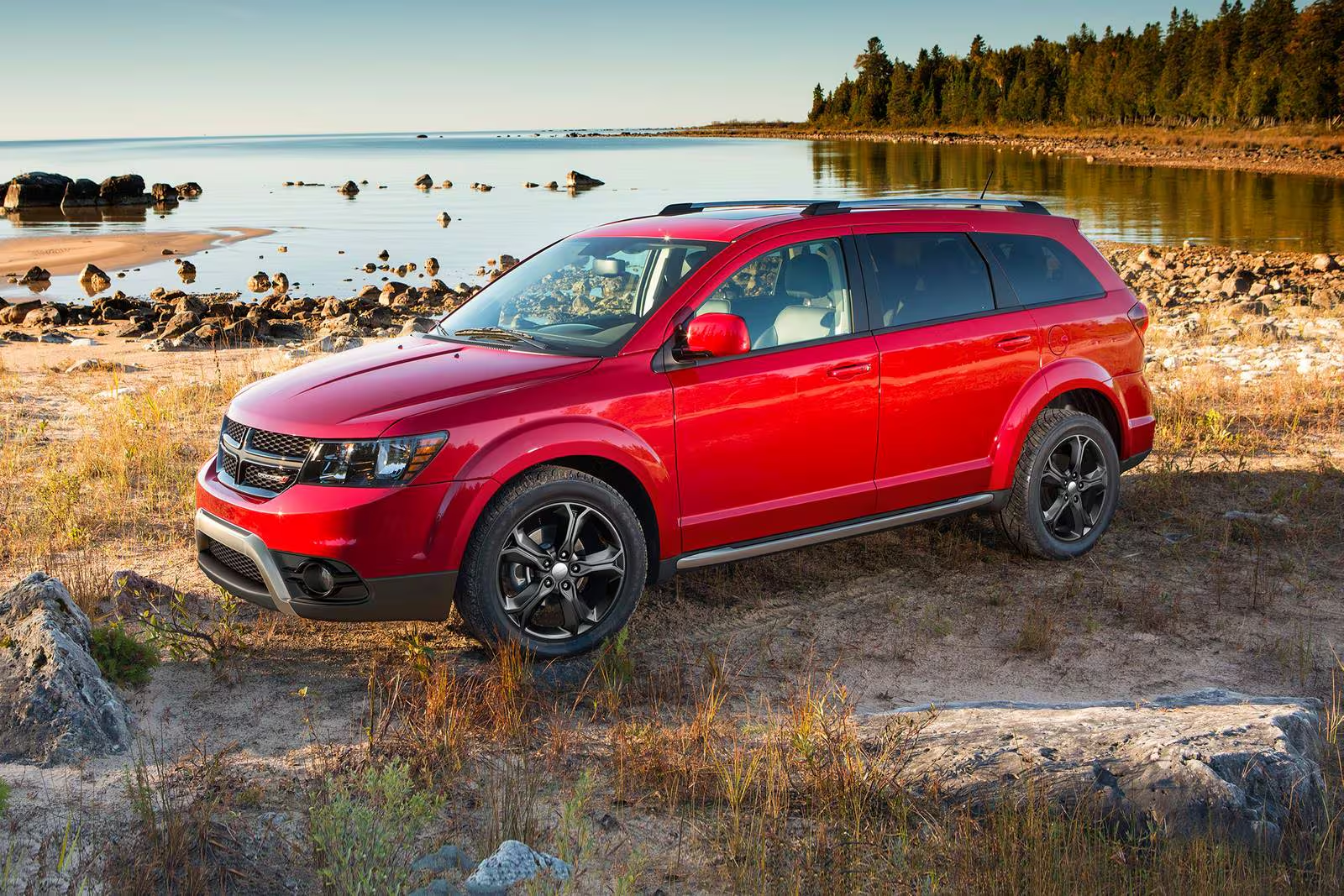When it comes to buying or owning a car, depreciation is a critical factor influencing overall value. Some vehicles manage to hold their value exceptionally well, even after accumulating high mileage, proving their long-term reliability and desirability in the used car market.
These cars often boast strong engineering, proven durability, and a reputation that keeps demand high despite their age or mileage.
For buyers and owners alike, knowing which vehicles maintain their value can translate into smarter investments and better resale outcomes.
On the flip side, some cars tend to lose value rapidly as mileage climbs. Whether due to costly maintenance, common reliability issues, or fading market interest, these vehicles often experience steep depreciation curves.
Owners might find themselves facing significant losses when trying to sell or trade them in after a few years, especially if the mileage is above average.
Understanding which cars drop like rocks in value can help buyers avoid potential financial pitfalls and make more informed choices.
This article explores two contrasting groups: five cars that maintain strong value despite high mileage, and five cars that depreciate sharply as mileage increases.
Each vehicle is examined with factors explaining its value trajectory, reliability, market demand, and overall ownership experience.
Also Read: 5 Cars With No Hidden Repair Costs and 5 With Expensive Surprise Fixes
5 Cars That Maintain Value Despite High Mileage
Vehicles that hold their value well despite racking up high mileage are relatively rare gems in today’s automotive landscape. High mileage often signals wear and tear, potential mechanical issues, and diminished appeal to buyers, all factors that typically drive down resale prices.
Yet, some cars defy this trend through a combination of durability, strong brand reputation, and continued desirability in the used market.
These vehicles tend to have robust engineering that stands the test of time, parts that are widely available and affordable, and maintenance requirements that don’t escalate drastically as mileage climbs.
Buyers who understand which cars maintain value with high mileage can benefit greatly — not only do they get more reliable transportation, but they also experience less financial loss when it comes time to sell or trade in the vehicle.
These cars often come from brands known for longevity and practicality, and some even develop a cult following among enthusiasts who prize them for their dependability and ease of upkeep.
In this section, we explore five specific vehicles that consistently retain their value despite high mileage. Each one is chosen based on real-world data from resale markets, owner reviews, and reliability records.
We’ll dig into what makes these cars so resilient in value, touching on factors such as mechanical robustness, overall demand, and maintenance costs.
Understanding these cars can help used car buyers make smarter decisions and provide current owners with confidence that their investment is holding steady — even after many miles on the odometer.
1. Toyota Tacoma
The Toyota Tacoma is widely recognized for its legendary durability and exceptional resale value. Even with mileage climbing well above 150,000 miles, Tacomas consistently command prices much higher than comparable midsize trucks.
This resilience stems from Toyota’s proven engineering, a reputation for bulletproof engines, and a chassis designed to endure tough conditions without major issues.
Tacomas benefit from a strong enthusiast community and high demand for used pickups, especially in markets where off-road capability and reliability are prioritized. The truck’s straightforward mechanical design makes it easier and less costly to maintain over time.
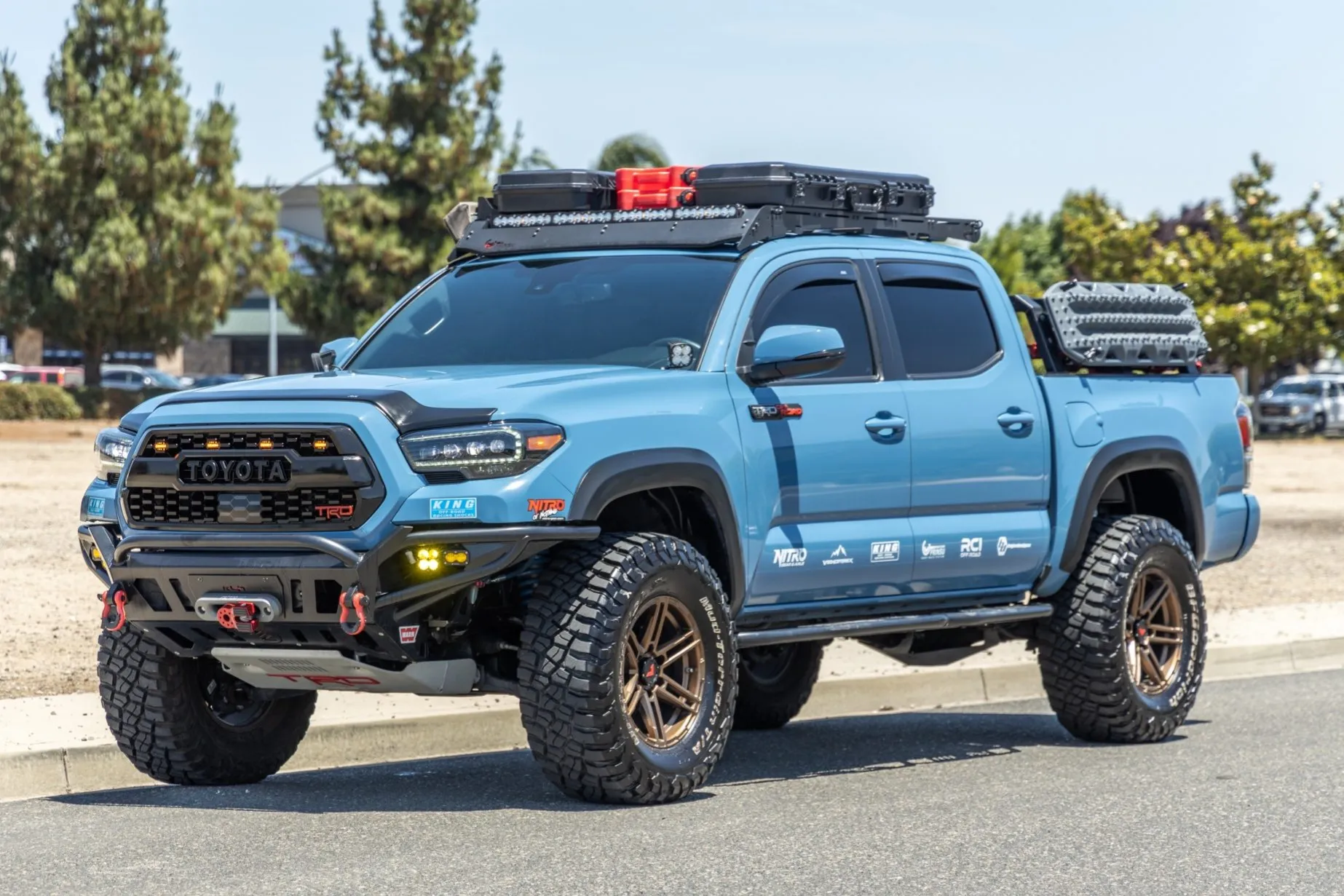
Moreover, the Tacoma’s engines — typically the 4.0-liter V6 or the 2.7-liter four-cylinder — have demonstrated longevity in real-world use, often running smoothly beyond 200,000 miles with routine care.
Another key to the Tacoma’s retained value is its reputation for being virtually indestructible. This perception keeps buyers willing to pay a premium even for models with high mileage.
Resale prices remain strong because buyers trust the truck to last and retain utility for many years. For owners, this means that investing in regular maintenance and keeping the vehicle in good shape is rewarded with a solid return when it’s time to sell.
2. Honda Civic
The Honda Civic has long been a symbol of reliable, efficient transportation, and it continues to be one of the best vehicles to maintain strong resale value despite high mileage.
With a legacy that spans over four decades, the Civic has built a reputation for durability and dependability, making it a favored choice for buyers seeking longevity in a compact car.
One of the major reasons the Civic holds value so well is its proven mechanical reliability. Honda engines and transmissions are known for their robust construction and longevity, with many examples routinely surpassing 200,000 miles when properly maintained.
This is especially true for naturally aspirated engines found in older generations, which have fewer complex components than turbocharged models.
The Civic’s straightforward engineering means fewer costly repairs, and routine maintenance tends to be simple and affordable, contributing to low ownership costs over the long haul.
The Civic’s enduring popularity also plays a significant role in preserving its resale value. The car appeals to a broad spectrum of buyers—from first-time drivers and commuters to enthusiasts looking for a platform to modify.
This consistent demand ensures that Civics with high mileage remain in demand in the used market. Buyers appreciate the car’s fuel efficiency, solid handling, and comfortable ride, which rarely diminish with mileage if the vehicle is well cared for.

Parts availability is another factor supporting the Civic’s value retention. Because it is one of the best-selling cars worldwide, replacement parts are plentiful and competitively priced, making repairs easier and more cost-effective.
This reduces potential barriers for used car buyers wary of expensive maintenance, encouraging them to pay premiums even for higher-mileage models.
In addition to these practical factors, the Civic’s strong reputation for reliability and resale value has created a positive cycle: high demand drives prices up, which in turn reinforces the perception of the Civic as a worthwhile investment.
This cycle means owners who keep up with regular servicing and maintenance can expect to see a reasonable return on their investment, even after several years and high mileage.
Overall, the Honda Civic remains one of the best examples of a vehicle that not only survives but thrives in the used car market, maintaining value through decades of reliable service and widespread appeal.
3. Subaru Outback
The Subaru Outback is a unique player in the used vehicle market, combining the utility of a rugged crossover with the comfort and drivability of a wagon.
Its reputation for reliability, especially in high-mileage scenarios, helps it maintain strong resale value even after many miles on the odometer.
This is particularly true in regions where all-wheel drive and off-road capability are valued, such as northern states with harsh winters or mountainous terrain.
A major reason the Outback retains value with high mileage is its standard all-wheel-drive system, which gives it a versatility and traction advantage over many competitors.
Buyers appreciate the confidence and safety the AWD system provides, especially on slippery or rough roads. This feature alone makes the Outback highly desirable, increasing demand for used models with high mileage.
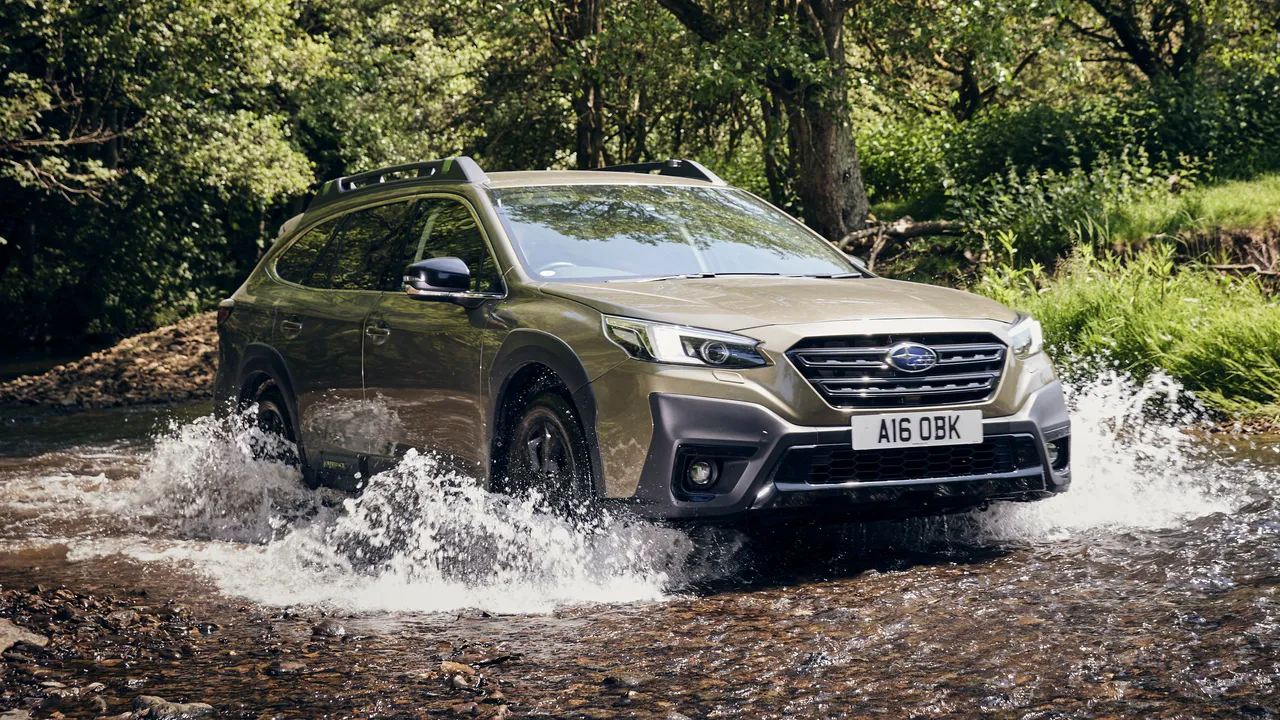
Mechanically, the Outback is powered by Subaru’s boxer engines, known for their low center of gravity and smooth operation. While earlier generations faced some issues such as head gasket failures, many later models improved reliability significantly.
When maintained properly with regular oil changes and scheduled maintenance, the boxer engines can endure well past 150,000 miles. The transmission and drivetrain components are also designed for longevity, provided they receive timely care.
The Outback’s spacious and practical interior adds to its appeal. It offers a comfortable ride, generous cargo space, and a thoughtful layout that remains competitive even as the vehicle ages.
These qualities make it attractive not only to individual buyers but also families seeking a reliable, high-mileage vehicle that doesn’t compromise on utility or comfort.
Market demand also plays a crucial role in preserving the Outback’s value. It has a dedicated fan base that appreciates Subaru’s brand ethos of adventure and safety.
This loyal customer base, combined with growing interest in crossovers overall, means that Outbacks with high mileage still command respectable prices.
In summary, the Subaru Outback’s blend of durable engineering, AWD capability, and practical design helps it maintain value impressively despite accumulating significant mileage, making it a strong choice for buyers looking for reliability and long-term ownership.
4. Lexus RX
The Lexus RX stands out as a luxury crossover that remarkably maintains its value even when carrying high mileage.
Combining Toyota’s renowned reliability with premium features and refined craftsmanship, the RX offers an appealing blend of comfort, durability, and prestige, which contributes to its strong resale value over time.
One of the key factors behind the RX’s ability to retain value is the solid engineering inherited from its Toyota lineage. The RX typically features reliable V6 engines known for their smooth power delivery and longevity.
With routine maintenance, many RX models have been reported to surpass 200,000 miles without major issues, which is impressive for a luxury SUV.
Lexus’s reputation for building vehicles with a focus on quality and durability further reinforces buyer confidence in used RX models with high mileage.
Another advantage that helps the RX hold value is its low cost of ownership relative to other luxury SUVs.
Compared to European rivals, Lexus vehicles generally incur fewer expensive repairs and have more affordable maintenance, which attracts used buyers looking for premium vehicles that won’t break the bank. The availability of parts and widespread dealership support also make upkeep more manageable.
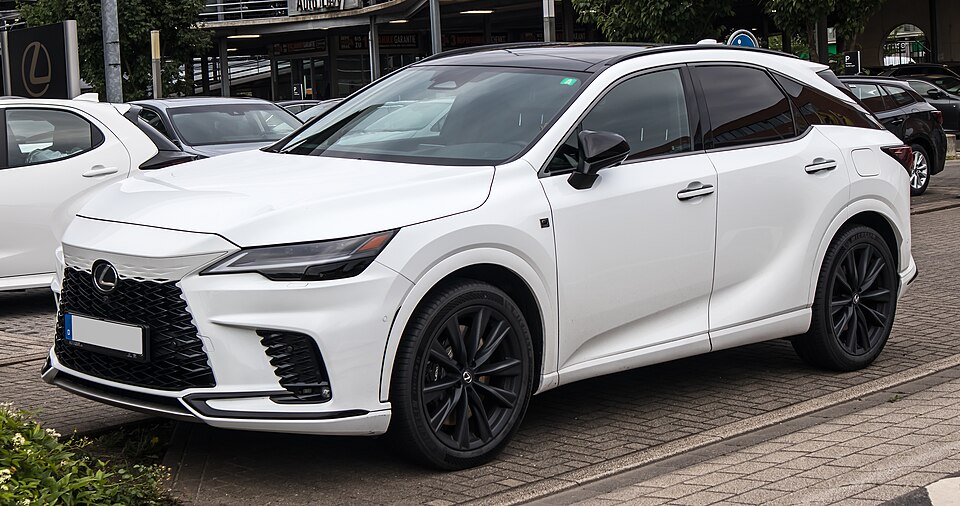
The RX’s luxurious yet practical interior also ages well, maintaining appeal even in older models. High-quality materials, comfortable seating, and a suite of safety features enhance the ownership experience, adding to its desirability in the used market.
Buyers seeking a premium vehicle that balances comfort, reliability, and resale value often gravitate toward the RX, especially when they can find examples with well-documented maintenance histories.
Market demand for luxury crossovers like the Lexus RX remains strong, especially among buyers who prioritize dependable performance combined with upscale amenities. This demand helps sustain resale prices, even when the odometer climbs.
In essence, the Lexus RX’s combination of Toyota-built reliability, luxury features, and relatively low long-term ownership costs make it one of the few luxury SUVs that maintain solid value despite high mileage, rewarding owners with both comfort and financial resilience.
5. Ford F-150
The Ford F-150 has been America’s best-selling truck for over four decades, and its ability to maintain value despite high mileage is a testament to its enduring popularity and proven durability.
As a full-size pickup, the F-150 is widely regarded as a workhorse, offering a variety of powertrain options, robust construction, and strong towing capabilities, all of which contribute to its lasting appeal in the used vehicle market.
One of the main reasons the F-150 retains value so well is its mechanical reliability. Many models are equipped with powerful V6 or V8 engines designed to handle heavy workloads, with some trucks surpassing 200,000 miles with proper care and maintenance.
Ford’s ongoing improvements in engine technology, such as the introduction of EcoBoost turbocharged engines, have enhanced fuel efficiency without sacrificing power or durability, keeping the F-150 competitive and desirable even at high mileage.
Another factor that bolsters the F-150’s resale value is its widespread usage in commercial and personal capacities. Contractors, farmers, and outdoor enthusiasts rely on this truck for its versatility and toughness, creating consistent demand for used models with proven reliability.
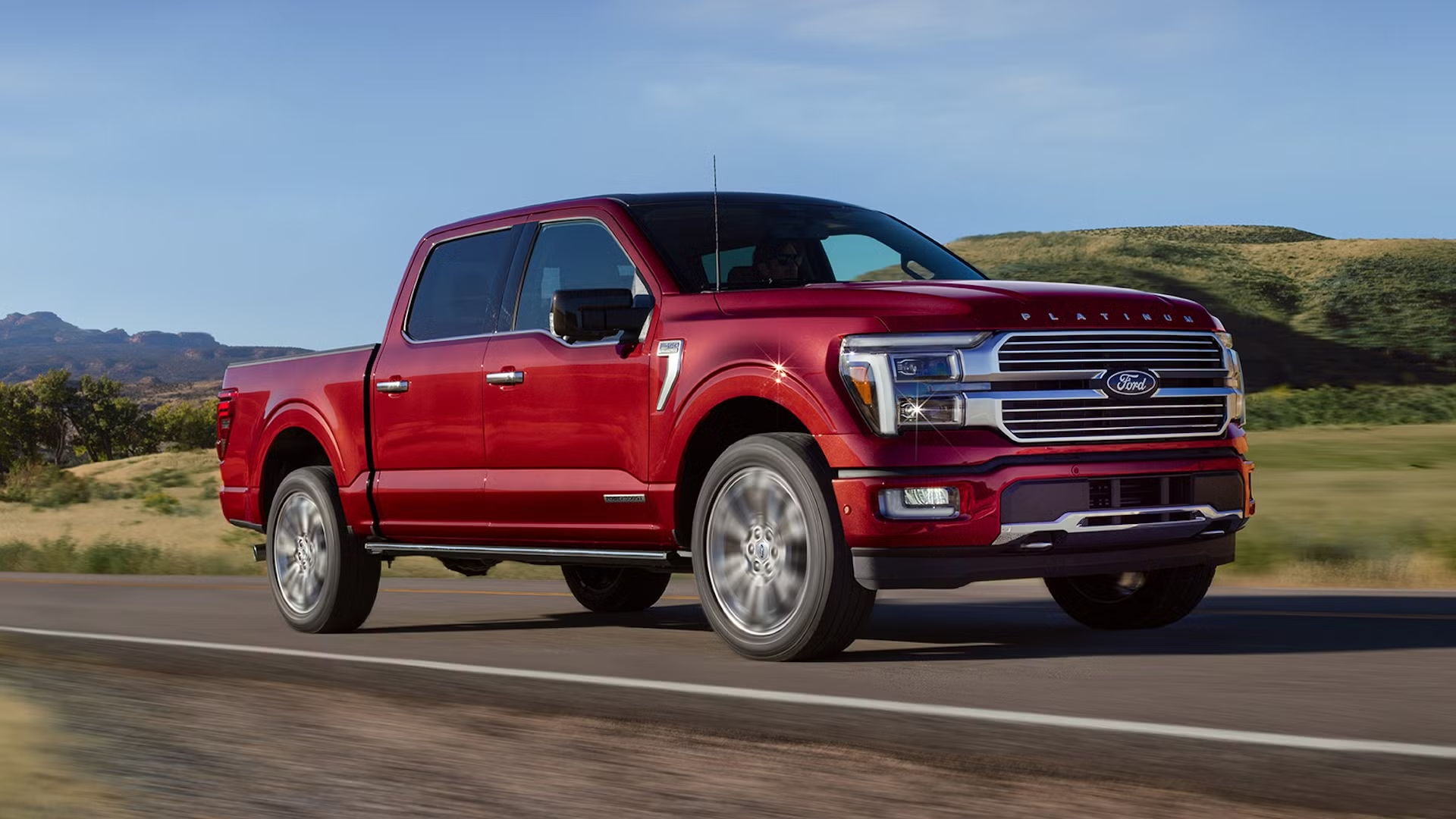
The truck’s reputation as a dependable tool vehicle means buyers are often willing to pay a premium for well-maintained high-mileage examples that have demonstrated their capability over the years.
Parts availability and ease of repair further support the F-150’s value retention. With a vast aftermarket and a network of service centers, maintenance and repairs are relatively straightforward and cost-effective compared to some competitors.
This reduces long-term ownership costs, making high-mileage F-150s appealing for budget-conscious buyers seeking a durable truck.
Additionally, the F-150’s spacious interiors, advanced safety features, and continual technological updates keep it relevant in the used market.
Whether it’s the basic work truck or the luxury-laden trims, the F-150 offers something for a wide range of buyers.
In summary, the Ford F-150’s combination of durability, versatility, and strong market demand allows it to hold its value exceptionally well, even with high mileage, making it a top choice for buyers looking for a reliable used truck.
5 Cars That Drop Like Rocks
While some vehicles manage to retain value impressively even after accumulating high mileage, others suffer steep depreciation as soon as they leave the dealership — and this decline often accelerates as mileage increases.
Several factors contribute to a car’s rapid loss in value: frequent mechanical problems, costly repairs, poor fuel economy, lack of brand loyalty, or simply an oversaturated market with many similar models.
Understanding which cars depreciate quickly can help buyers avoid costly pitfalls when shopping for used vehicles or planning ownership costs. For owners, knowing which vehicles lose value fast is crucial when considering trade-ins or resale.
Cars that drop like rocks often suffer from reputational issues, expensive maintenance, or low demand among used buyers, which all combine to sharply reduce their market value over time.
This section highlights five cars notorious for steep depreciation, even with reasonable care and mileage. Many of these models have complex mechanical systems or are simply overshadowed by competitors with better reliability or desirability.
The rapid value decline may stem from engine issues, transmission troubles, expensive replacement parts, or uninspiring driving experiences, making these cars less attractive on the used market.
By exploring the reasons behind their value drops, prospective buyers can gain insight into the importance of reliability, maintenance costs, and brand perception when choosing a vehicle. For current owners, this knowledge can inform smart decisions on maintenance and timing for resale.
Below, we dive into five specific models known for losing value dramatically as mileage climbs, detailing the causes and consequences of their steep depreciation.
1. Chevrolet Cruze
The Chevrolet Cruze is a compact sedan that has often been criticized for its rapid depreciation, particularly as mileage accumulates.
While initially appealing due to its affordable price and fuel efficiency, the Cruze tends to lose value quickly on the used market, especially models from the earlier production years.
One major factor contributing to the Cruze’s steep depreciation is its history of mechanical issues. Owners have reported problems with the engine, transmission, and electronic components, which tend to increase maintenance costs and deter potential buyers.
The turbocharged engines, while efficient, are sometimes prone to failures that can be expensive to repair, especially as mileage rises.
Additionally, the Cruze’s interior and build quality are often considered less refined compared to competitors like the Honda Civic or Toyota Corolla, which impacts resale desirability.
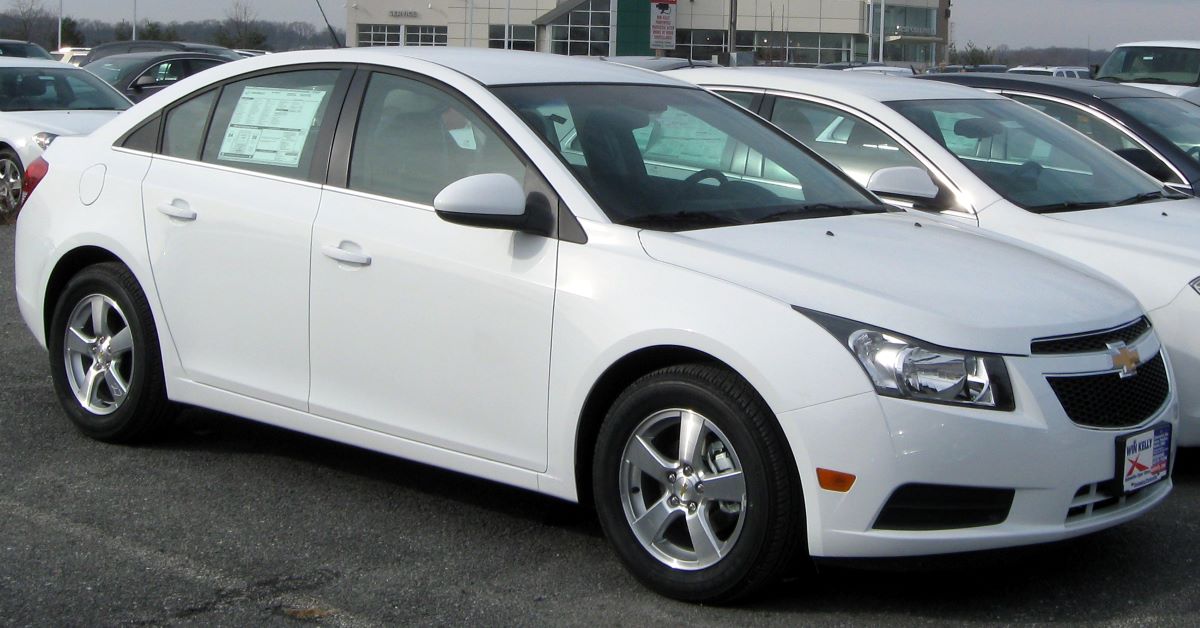
Another reason for the Cruze’s rapid value drop is its competitive segment. Compact sedans are plentiful, and many buyers gravitate toward models with better reputations for longevity and reliability. The Cruze’s perceived lack of durability, combined with its modest performance and styling, makes it less attractive on the used market.
Furthermore, Chevrolet’s brand loyalty in the compact sedan category is weaker than that of some Asian manufacturers, which further reduces demand for used Cruzes. This low demand accelerates depreciation, especially for higher-mileage units that prospective buyers view as riskier investments.
In summary, while the Chevrolet Cruze offers initial affordability and efficiency, its mechanical challenges, competitive segment, and lower brand appeal contribute to a steep loss in value, especially as mileage climbs.
2. Fiat 500
The Fiat 500 is a compact city car that attracts buyers with its retro styling and small footprint, making it ideal for urban driving. However, despite its initial charm and low price point, the Fiat 500 is notorious for rapid depreciation, especially as mileage increases.
Several factors contribute to this steep decline in value, making it one of the vehicles that “drop like rocks” on the used market.
One of the main reasons the Fiat 500 loses value quickly is its reliability record. The model has been plagued with frequent mechanical issues, ranging from transmission failures to electrical gremlins.
These problems tend to escalate as mileage goes up, leading to expensive repairs that scare off potential used buyers.
The automatic transmissions in particular have been known to suffer from premature wear, which significantly increases maintenance costs and diminishes buyer confidence.

The Fiat 500’s small size and limited practicality also hurt its resale value. While it excels in tight city environments, its cramped interior space and modest cargo capacity limit its appeal for a broad range of buyers.
Families or those needing more versatility typically avoid the model, reducing demand and consequently accelerating depreciation.
In addition, the Fiat brand does not have a strong foothold in the North American market, which impacts used vehicle demand and parts availability.
This limited brand loyalty causes resale prices to drop faster compared to more established competitors like the Mini Cooper or Honda Fit. Buyers are often hesitant to pay a premium for a Fiat 500 with high mileage due to concerns about ongoing maintenance and repair costs.
Styling and performance-wise, the Fiat 500 is often seen as more of a novelty than a practical vehicle. Its small engine sizes and modest horsepower output make it less competitive against other subcompact cars, especially as vehicles age and experience wear.
Ultimately, the combination of reliability issues, limited practicality, and weak brand presence results in a steep depreciation curve for the Fiat 500, particularly as mileage climbs, making it a clear example of a car that drops like a rock in value.
3. Jeep Compass
The Jeep Compass, positioned as an entry-level compact SUV, initially drew attention with its rugged Jeep branding and off-road-inspired styling.
However, when it comes to holding value, the Compass has struggled, particularly as mileage accumulates, resulting in significant depreciation over time.
One of the primary reasons the Jeep Compass depreciates rapidly is its inconsistent reliability. Early models, especially those from the first generation (2011–2016), suffered from a range of mechanical and electrical issues, including transmission problems, engine stalling, and issues with the infotainment system.
These problems often lead to expensive repairs and leave owners wary, which adversely impacts the vehicle’s resale value. Even later generations have not fully shaken off this reputation, causing buyers to approach used Compass models cautiously.
The Compass’s on-road performance also falls short compared to many competitors in the compact SUV segment. Its less refined handling, noisy cabin, and underpowered engine options reduce its appeal to mainstream buyers.
While Jeep’s off-road credentials lend some cachet, many Compass models lack the advanced four-wheel-drive systems found in higher-tier Jeeps, limiting their practicality in off-road situations and diminishing their appeal.

In terms of interior quality and features, the Compass often trails rivals like the Honda CR-V, Toyota RAV4, and Mazda CX-5, which offer more upscale cabins and superior reliability. This disparity further erodes buyer confidence and demand for used Compass vehicles, especially as mileage climbs.
Brand loyalty also plays a role. While Jeep is generally a strong brand for SUVs, the Compass is often viewed as a “budget Jeep,” lacking the ruggedness and durability associated with the brand. This perception, combined with the Compass’s history of issues, leads to weaker resale prices.
Finally, the compact SUV market is fiercely competitive, with many alternatives offering better fuel economy, reliability, and features. This intense competition means that high-mileage Jeep Compasses often lose value faster, as buyers prefer models with proven longevity and lower ownership costs.
In summary, the Jeep Compass’s combination of reliability concerns, underwhelming performance, and tough competition results in a rapid loss of value, making it a textbook example of a vehicle that drops like a rock in resale price as mileage increases.
4. Ford Fiesta
The Ford Fiesta, once a popular subcompact car known for its nimble handling and fuel efficiency, has developed a reputation for rapid depreciation, especially as mileage climbs.
Despite its initial appeal as an affordable and fun-to-drive vehicle, the Fiesta struggles to maintain value on the used market due to several factors that negatively impact buyer confidence.
One of the most significant contributors to the Fiesta’s steep depreciation is its inconsistent reliability. Many owners report transmission problems, particularly with the dual-clutch automatic transmissions found in models from 2011 onward.
These transmissions are prone to failure or jerky shifts, leading to costly repairs or replacements. Additionally, other mechanical and electrical issues have been noted, such as engine stalling and faulty sensors, which add to the car’s maintenance burden.
These recurring problems can become more frequent as mileage increases, deterring prospective buyers of high-mileage Fiestas.
The Fiesta’s small size and limited interior space also restrict its appeal. While it excels in urban settings, its cramped cabin and modest cargo capacity make it less practical for families or drivers seeking versatility. This limited practicality shrinks the pool of potential used buyers, which drives down resale prices, especially for older, high-mileage vehicles.
Ford’s shift away from small cars in the North American market further impacts the Fiesta’s value retention. With production ending in recent years, parts availability and dealership support may decline over time, raising concerns for used car buyers about ongoing maintenance and repairs.

In terms of competition, the Fiesta is often overshadowed by more reliable and practical rivals like the Honda Fit, Toyota Yaris, and Hyundai Accent.
These competitors generally offer better long-term reliability and stronger resale values, making the Fiesta less desirable in comparison.
Ultimately, the Ford Fiesta’s reputation for transmission troubles, limited practicality, and competitive market position contribute to its rapid depreciation, especially as mileage increases.
Buyers seeking a dependable, high-mileage subcompact will likely find better value in alternative models, leaving the Fiesta with a steep drop in resale worth.
5. Dodge Journey
The Dodge Journey, a midsize crossover SUV, has earned a reputation for one of the steepest depreciation rates among SUVs, especially as mileage climbs.
Despite its initial appeal as a budget-friendly family vehicle with flexible seating, the Journey’s rapid loss of value over time is driven by a combination of reliability issues, outdated design, and lackluster performance.
A major contributor to the Journey’s poor resale value is its questionable reliability record. Owners frequently report problems with the vehicle’s electrical systems, transmission, and engine components.
Issues such as premature transmission failures and malfunctioning electronics increase maintenance costs significantly as the vehicle ages and mileage increases. These repair expenses discourage used buyers, who often prioritize reliability and lower upkeep costs.
The Dodge Journey’s interior and overall design also contribute to its depreciation. While offering a spacious cabin and third-row seating, the materials and fit-and-finish lag behind competitors in the midsize SUV segment.
The outdated infotainment system and lack of modern safety features in earlier models diminish the vehicle’s desirability, especially compared to rivals like the Honda CR-V or Toyota Highlander, which offer more refined cabins and updated technology.

Performance-wise, the Journey is underpowered and often criticized for its sluggish acceleration and poor fuel economy.
This further limits its appeal, particularly for buyers who need a reliable and efficient family SUV. The vehicle’s driving dynamics are generally uninspiring, which can push buyers toward more engaging or capable alternatives.
Additionally, Dodge’s brand strength in the SUV segment is weaker than some competitors, especially for budget crossovers. The Journey is often perceived as an outdated, no-frills option, which reduces demand on the used market and accelerates depreciation.
In summary, the Dodge Journey’s combination of mechanical issues, aging design, and mediocre performance results in a rapid decline in resale value.
High-mileage Journeys, despite their practicality, struggle to retain value and serve as a cautionary example of an SUV that drops like a rock as miles add up.
Also Read: 5 Cars You’ll Always Get Offers On and 5 You’ll Have to Practically Give Away

